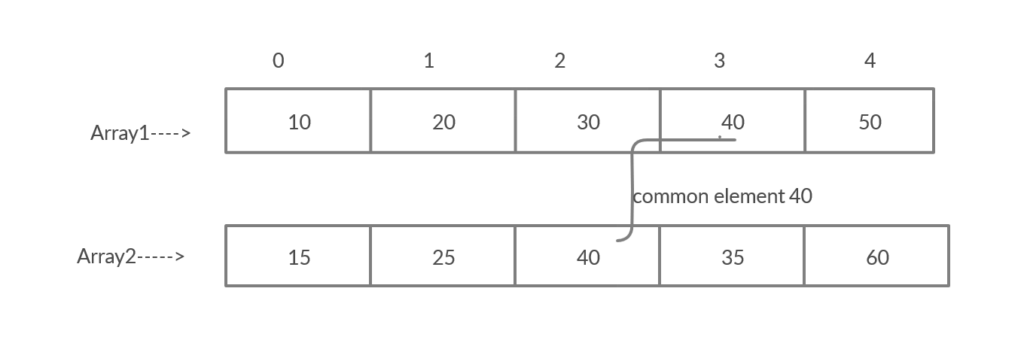
6) Use of special library functions (e.g. That certainly is much more work and requires significantly more advanced Read the data, one can wrap that library with a variety of techniques though tofile() method to read and write NumPy arraysĭirectly (mind your byteorder though!) If a good C or C++ library exists that Simple format then one can write a simple I/O library and use the NumPyįromfile() function and. There are a variety of approaches one can use. 5) Creating arrays from raw bytes through the use of strings or buffers # More generic ASCII files can be read using scipy.io and Pandas. loadtxt ( 'simple.csv', delimiter = ',', skiprows = 1 ) array(,, , ]) Numpy.arange creates arrays with regularly incrementing values.Ĭheck the documentation for complete information and examples. Numpy.arange generally need at least two inputs, start and These functions can be split into roughly three categories, based on the NumPy has over 40 built-in functions for creating arrays as laid 2) Intrinsic NumPy array creation functions # Integer arrays to be a specific type, then you need to specify the dtype while Integers (platform dependent and matches C long size) or double precisionįloating point numbers. The default NumPy behavior is to create arrays in either 32 or 64-bit signed The computation, here uint32 and int32 can both be represented in Perform operations with different dtype, NumPy willĪssign a new type that satisfies all of the array elements involved in Notice when you perform operations with two arrays of the sameĭtype: uint32, the resulting array is the same type. int32 ) > print ( 'signed c:', c_signed32, c_signed32.

dtype ) unsigned c: uint32 > c_signed32 = a - b. uint32 ) > c_unsigned32 = a - b > print ( 'unsigned c:', c_unsigned32, c_unsigned32. problem is the mixing with different array dimensions. In general, any array object is called an ndarray in NumPy. The first cause for receiving the NumPy valueerror: setting an array element with a sequence. Lists and tuples can define ndarray creation:Ī list of numbers will create a 1D array,įurther nested lists will create higher-dimensional arrays. Lists and tuples are defined using and (.), NumPy arrays can be defined using Python sequences such as lists and 1) Converting Python sequences to NumPy Arrays # Setting an array element with a sequence. This document will cover general methods for ndarray creation. You can use these methods to create ndarrays or Structured arrays. Use of special library functions (e.g., random) Reading arrays from disk, either from standard or custom formatsĬreating arrays from raw bytes through the use of strings or buffers Replicating, joining, or mutating existing arrays

Intrinsic NumPy array creation functions (e.g. eye (size ) 51 52 # Return the dimensions of the matrix.There are 6 general mechanisms for creating arrays:Ĭonversion from other Python structures (i.e. 49 def identity (self, size ) : -> 50 return numpy. _init_ ( ) 45 46 def name (self ) : /Users/mohameddaoudi/opt/anaconda2/lib/python2.7/site-packages/cvxpy/interface/numpy_interface/ndarray_interface.pyc in const_to_matrix (self, value, convert_scalars) 48 # Return an identity matrix. is_matrix ( ) : /Users/mohameddaoudi/opt/anaconda2/lib/python2.7/site-packages/cvxpy/expressions/expression.pyc in cast_to_const (expr) /Users/mohameddaoudi/opt/anaconda2/lib/python2.7/site-packages/cvxpy/expressions/constants/constant.pyc in _init_ (self, value) 42 self. The error setting an array element with a sequence occurs when the datatype of all the elements of the numpy array are not the same as the datatype passed to the array. What is valueerror: setting an array element with a sequence A ValueError occurs when a function receives an argument of the correct type, but the value of the type is invalid.

T ,X ) ,Z1 ), "nuc" ) ) 22 23 #problem = cp.Problem(objective) /Users/mohameddaoudi/opt/anaconda2/lib/python2.7/site-packages/cvxpy/atoms/norm.pyc in norm (x, p, axis) 45 return normNuc (x ) 46 elif p = "fro" : -> 47 return pnorm (x, 2, axis ) 48 elif p = 2 : 49 if axis is None and x. In Python, if you are mainly working with numpy and creating a multi-dimensional array, you would have encountered valueerror: setting an array element with a sequence. ValueError Traceback (most recent call last)


 0 kommentar(er)
0 kommentar(er)
